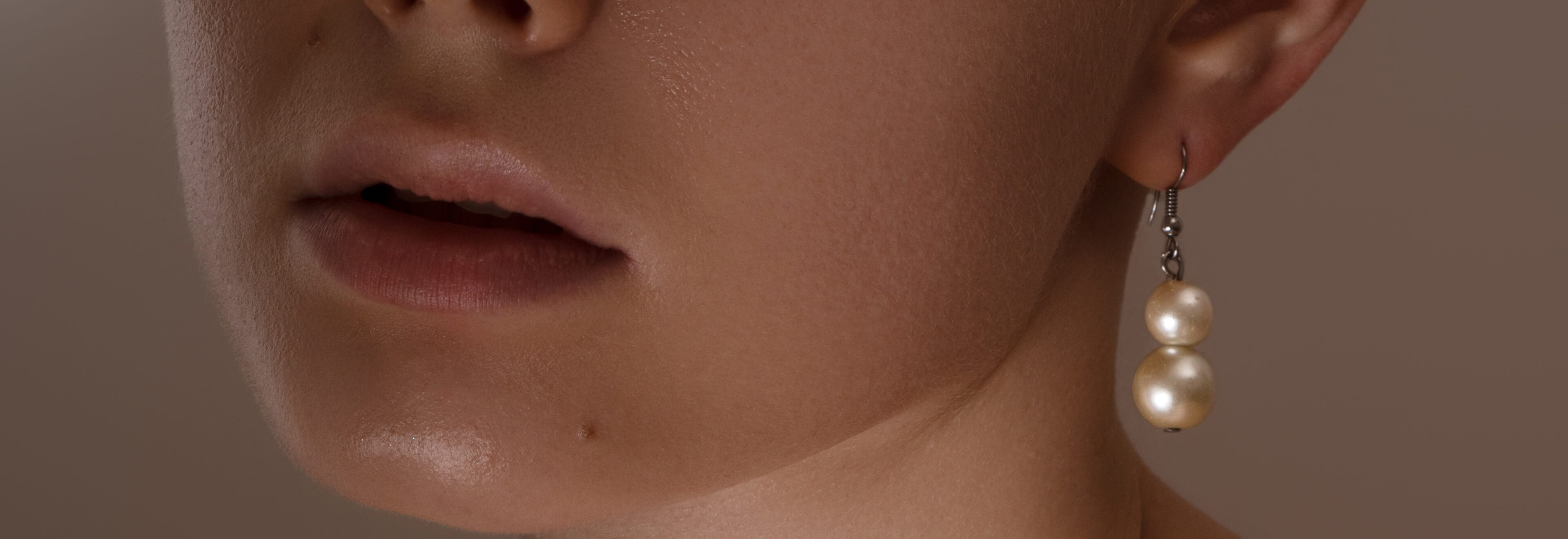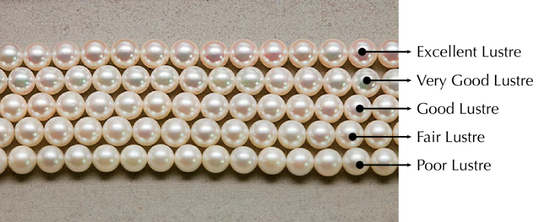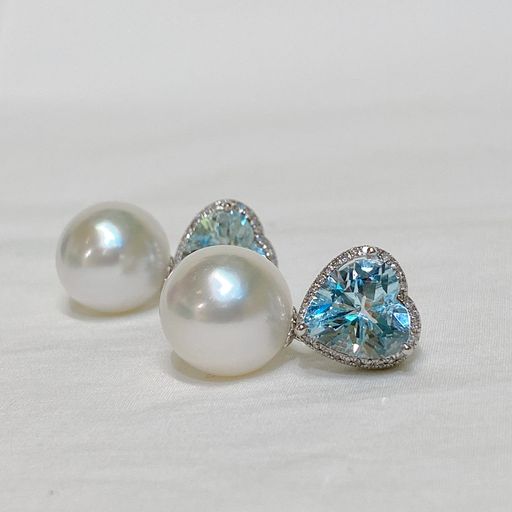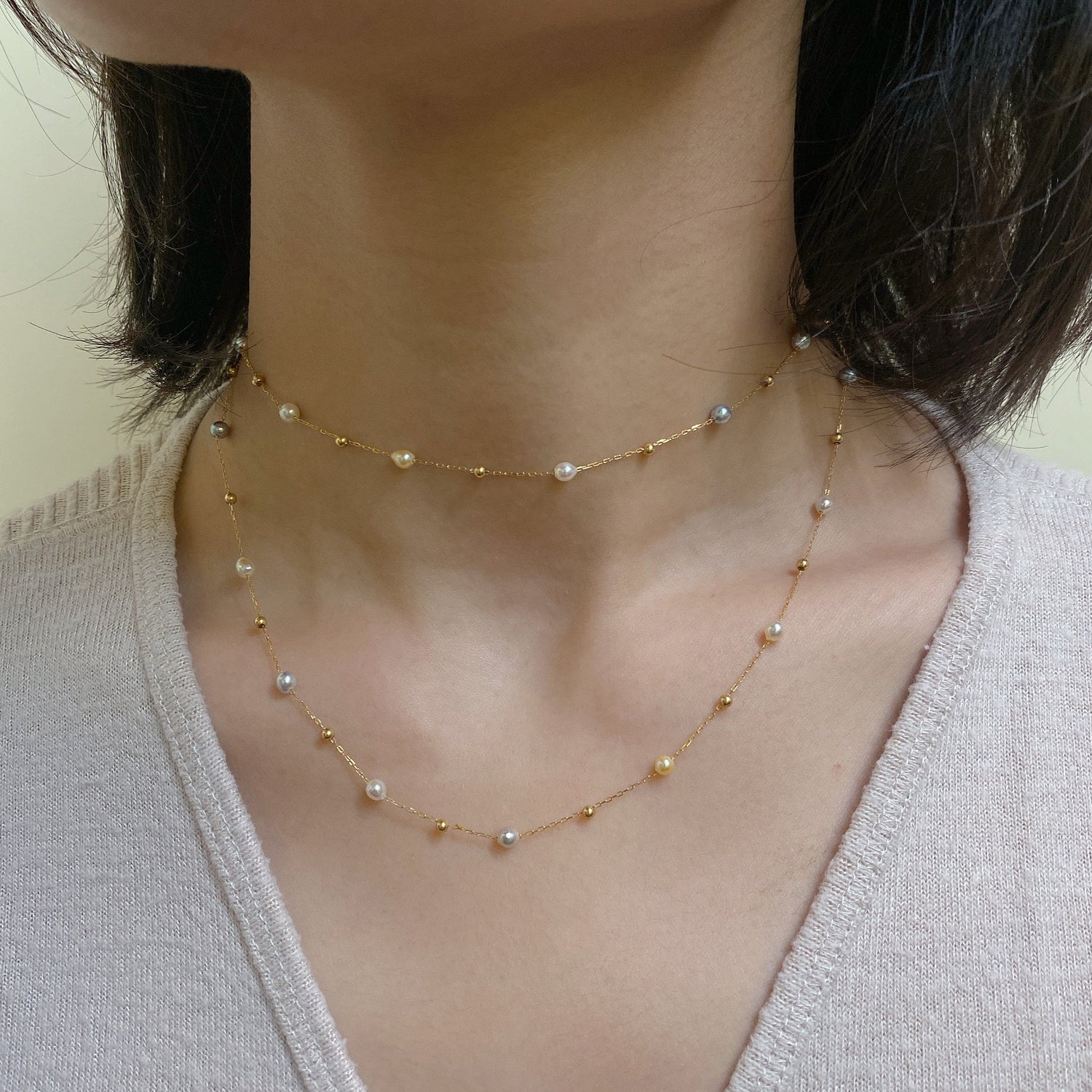OVERVIEW - TAHITIAN PEARL
Unlike the more common pearl types, Tahitian pearls typically have a naturally dark body color. These pearls have become some of the most sought-after, expensive pearls in the world.
Tahitian pearls are cultivated primarily around the islands of French Polynesia (the most familiar of these is Tahiti). Although often referred to as black pearls, Tahitian pealrs have a wide color range. They might be gray, black or brown, and they can have blue, green, purple or pink overtones. In fact, Tahitian pearls are the only pearls that have a full color spectrum.
Tahitian pearls typically have very thick nacre from 0.8mm and up. With size ranging from approximately 8 mm to 18 mm, they are among the largest pearls in the world.
Tahitian pearls are considered to be the second most valuable commercially farmed pearls in the world, after South Sea pearls. Among its wide range of colors, 'peacock' colored Tahitian pearls are the highest valued.
QUALITY FACTORS
-
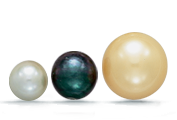
SIZE
Cultured pearls range from 2-16mm in diameter, depending on the mollusk used.
-
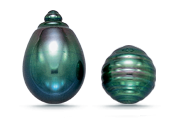
SHAPE
Spherical pearls are the most valued but symmetrical drops are also sought.
-
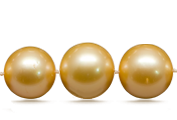
Luster
Pearls with high luster have sharp bright reflections on the surface.
-
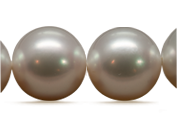
SURFACE QUALITY
The number of blemishes on a pearl's surface is evaluated to judge quality.
SIZE
In general, the larger the pearl, the more valuable it is. Different varieties come in different sizes: South Sea cultured pearls are the largest.
SHAPE
Round is the most difficult shape to culture, making it the rarest cultured pearl shape and—if all other factors are equal—also generally the most valuable. There are exceptions, though. Well-formed pear, oval, or baroque (irregularly shaped) cultured pearls are also prized by pearl lovers. Different pearl types are held to different standards when classifying
shape. Japanese saltwater cultured pearls are held to the strictest standards for shape.
LUSTRE
Of all pearl quality factors, lustre might be the most important. Lustre is what gives a natural or cultured pearl its unique beauty.
Aslowe only uses pearls with very good or excellent lustre.
SURFACE QUALITY
Like colored stones, most pearls never achieve perfection. Some might show abrasions that look like a series of scratches on the surface, or a flattened section that doesn’t affect its basic shape, or an irregular ridge that looks like a crease or wrinkle.
If surface characteristics are numerous or severe, they can affect the durability of the pearl and severely depress its value. Surface characteristics have less effect on the pearl’s beauty and value if they are few in number, or if they are minor enough to be hidden by a drill-hole or mounting.
ASLOWE TAHITIAN PEARLS
Aslowe Tahitian pearl products are made from high-quality saltwater cultured Tahitian pearls directly from the source by our team of experts for their remarkable lustre and color spectrum ranging from bright silver to iridescent peacock to deep black.
TAHITIAN PEARL TRIVIA
Pearl is the birthstone for June and the gem of the third and thirtieth anniversaries. Although Tahitian pearls carry the name of the famous island, they do not come from Tahiti. They are farmed in French Polynesia.
TAHITIAN PEARL CARE
With proper care, pearls last generations. Wipe it clean with a soft cloth after wear and store it in your Aslowe jewelry box or pouch. Avoid exposure to sharp objects, heat, perfume or cosmetics.
Read more about pearls from GIA gem encyclopedia.
Source: www.gia.edu/pearl
